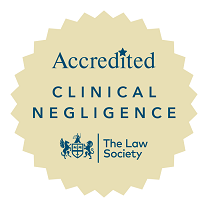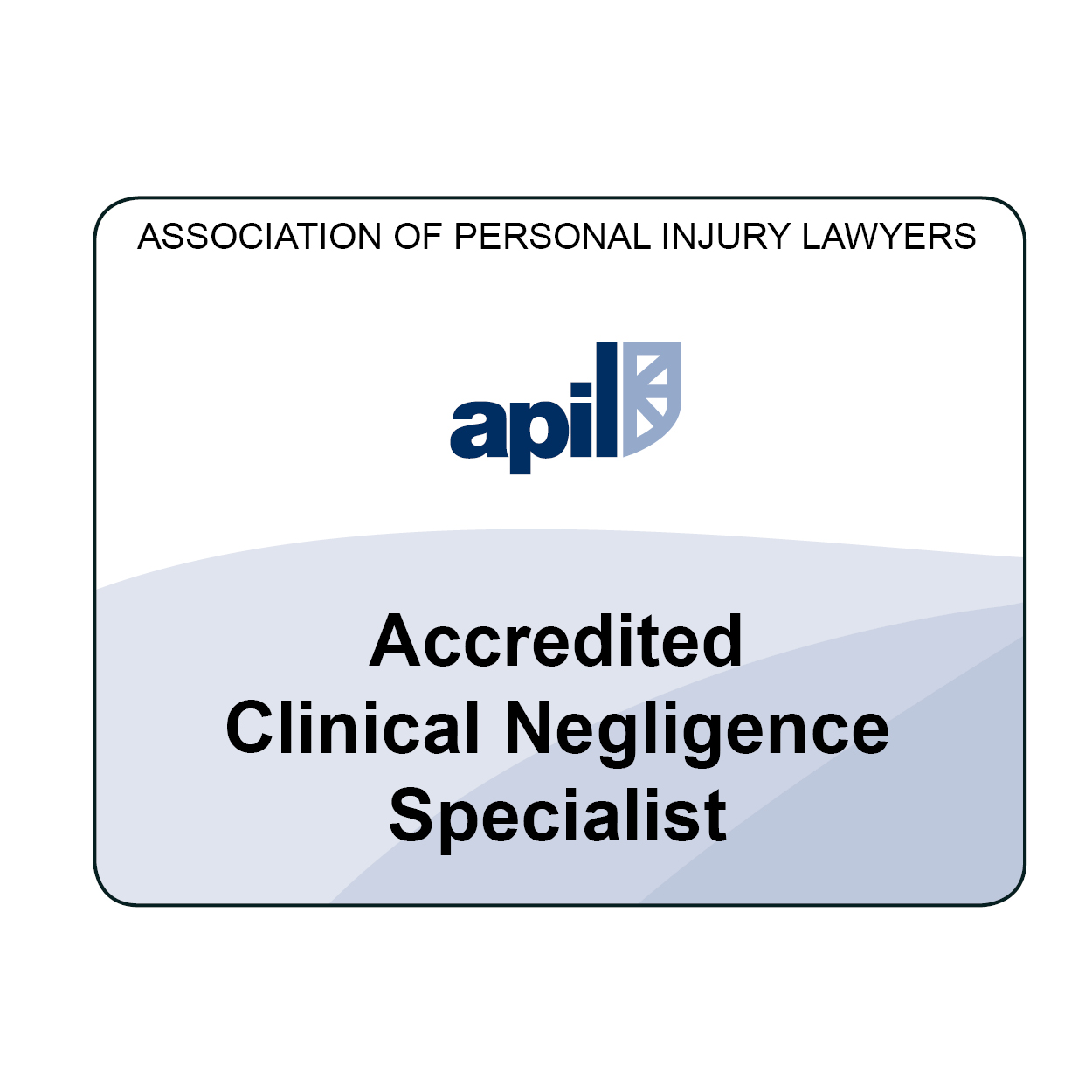Blackwater Law medical negligence solicitors successfully represented Mr P in a compensation claim for surgical negligence against Barking, Havering & Redbridge University Hospitals Trust.

The Waterlow Score, a widely used risk assessment tool in the UK, plays a vital role in identifying and managing pressure ulcer risk.
In the healthcare realm, preventing pressure ulcers, also known as bedsores, is a crucial aspect of patient care. These skin lesions can develop due to prolonged pressure on specific areas of the body, often affecting individuals with limited mobility or underlying medical conditions. The Waterlow Score, a widely used risk assessment tool in the UK, plays a vital role in identifying and managing pressure ulcer risk.
What is a Waterlow Score?
The Waterlow Score, developed by nurse researcher Judy Waterlow in 1985, is a simple and effective method for assessing a patient’s risk of developing pressure ulcers. It involves evaluating seven key factors that contribute to pressure ulcer formation:
- Build: Body Mass Index (BMI) is considered, with lower BMIs indicating increased risk.
- Height: Shorter individuals are at higher risk due to reduced tissue depth.
- Skin condition: Healthy skin is less susceptible to pressure damage.
- Sex and age: Older women are at higher risk due to skin changes and hormonal factors.
- Continence: Incontinence can increase skin moisture and friction, leading to pressure ulcers.
- Mobility: Reduced mobility limits pressure redistribution, increasing risk.
- Appetite and nutrition: Malnutrition can impair skin healing and increase pressure ulcer risk.

Importance of the Waterlow Score
The Waterlow Score holds immense significance in UK healthcare settings for several reasons:
- Early risk identification: The score helps identify individuals at risk of pressure ulcers early on, allowing for timely preventive measures.
- Individualised risk assessment: The tool considers multiple factors, providing a personalised risk assessment rather than a generic approach.
- Nursing intervention guide: The score guides nursing interventions tailored to the specific risk factors identified.
- Monitoring risk changes: Regular assessments allow for monitoring risk changes and adapting preventive measures accordingly.
- Cost-effective prevention: Preventing pressure ulcers reduces healthcare costs and improves patient outcomes.
Waterlow Score Interpretation
The Waterlow Score assigns points for each factor, with a total score ranging from 0 to 25. Higher scores indicate higher risk levels, categorised as:
- Low Risk (0-9 points): Routine skin care and monitoring are sufficient.
- Moderate Risk (10-14 points): Enhanced skin care, repositioning, and risk education are recommended.
- High Risk (15-19 points): High-level preventive measures, including specialised mattresses and dressings, are required.
- Very High Risk (20-25 points): Aggressive preventive measures, including constant turning and specialised surfaces, are essential.
Latest News
Key takeaways
The Waterlow Score is an invaluable tool for UK healthcare professionals, enabling early identification, individualised assessment, and effective management of pressure ulcer risks. By incorporating the Waterlow Score into routine patient care, healthcare providers can significantly reduce the incidence of pressure ulcers, enhancing patient safety and well-being.
Where qualified medical personnel entrusted with your care or a loved one have failed to take appropriate risk mitigation measures due to an elevated Waterlow Score, you may be entitled to make a no-win, no-fee pressure sore claim.






